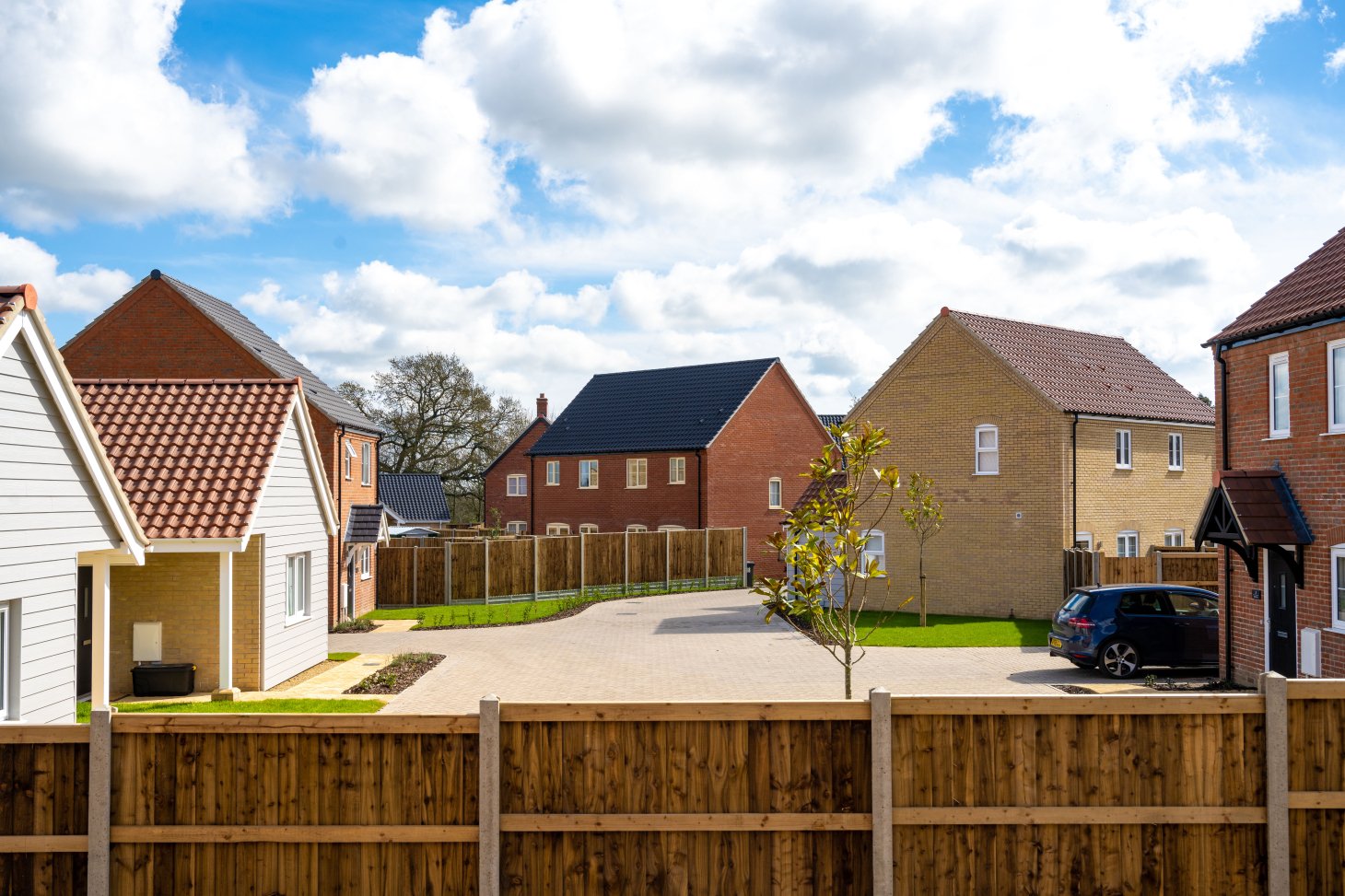
Changes to the transitional arrangements for the 2022 revisions to Part L will significantly reduce the time lag in implementation.
Incremental changes to Approved Document L: Conservation of Power are introducing some radical developments in the way new houses are built.
The most recently agreed changes come into effect in July this year. The changes are designed to deliver around a 30% reduction in CO2 emissions over current standards.
There is a transitional period, as ever, to allow developers time to change their design plans to meet new standards. As is usual, if a building notice or full plans have been submitted before the end of June, then the development does not have to meet the new standards.
However, this time around, work will have to have begun by the end of June 2023 and, most significantly, this timescale applies to individual buildings, not to a site.
It may seem a minor change, but the result will be a dramatic reduction in time before the 2022 standard is actually implemented on construction sites across the country.
Under previous revisions to Building Regulations, a large site, registered immediately before the introduction of new standards, could take years to build out – with the homes under construction following outdated building standards for years.
Under the new regime, large sites may have to deal with the challenge of building homes to potentially several different building regulations.
This is particularly true with the 2022 changes as it has been made very clear that these are only intended as a stepping stone ahead of the full Future Homes Standard being implemented in 2025. Given that some sites will take more than five years to complete, that will mean homes being built to three different performance standards across one development.
A challenge for developers, but necessary if we are to have any chance of meeting the zero carbon goals set by UK Government.
It’s a rapidly changing scenario but the intention and direction of change is clear. H+H has been keeping ahead of the process by issuing detailed technical guidance both on the practical implications of the regulatory changes and the design considerations to be noted.
We have a series of documents for download to help developers navigate these changes: TSD04 lists wall U-Values for a variety of cavity wall constructions, with TSD04 (Thin-Joint) doing the same for Thin-Joint walls.
There is also a Technical Update summarising the 2022 revisions to Part L in relation to wall constructions. To help designers take account of thermal linear bridging, we have also published a comprehensive listing of over 2,500 individual ѱ values for different wall types.